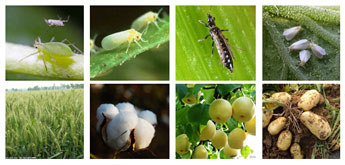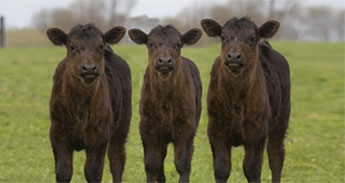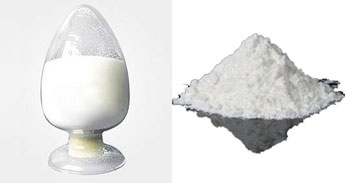Detailed understanding of diflubenzuron insecticide
Diflubenzuron insecticide (CAS: 35367-38-5) is a low toxicity pesticide, which belongs to formyl. It has stomach toxicity and tag on the pests. It can inhibit insects chitin synthesis, the larvae in the molting cannot form new epidermis, insect body deformity and death. But the pesticide effect is slow. The drug has special effects on lepidoptera pests. The use of diflubenzuron is safe, and has no adverse effect on fish, bees and natural enemies.

Wide usages of diflubenzuron insecticide
Diflubenzuron is a benzamide insecticide used on forest and field crops to selectively control insects and parasites. Principle target insect species are the gypsy moth, forest tent caterpiller, several evergreen eating moths and the boll weevil. The usage of Diflubenzuron (CAS: 35367-38-5) is very wide, which can be widely used in apple, pear, peach and citrus fruit trees, corn, wheat, rice, cotton, peanuts, oil crops, and cruciferous vegetables, solanaceous fruit, vegetables, melons and vegetables and tea tree, other forest plants.
Action mechanism of diflubenzuron insecticide
The action mechanism of diflubenzuron involves inhibiting the production of chitin which is used by an insect to build its exoskeleton. It triggers insect larvae to molt early without a properly formed exoskeleton, resulting in the death of the larvae.
Diflubenzuron insecticide is low toxic and harmless pesticide

A cow given 10 mg/kg orally, eliminated almost all of the product over a four-day period. There were only minute amounts of the pesticide in the milk. The chemical is not degraded in the digestive tract, but that which is absorbed by the gut is completely broken down before excretion. Rabbits’ skin absorbed only very small amounts, all of which was recovered in the urine.
The chickens excreted almost all of an oral dose in 13 days. Their eggs had low levels of pesticide residues (0.3 to 0.6 mg/kg) from day nine to the end of the nine-week study. The test animals were fed with 10 mg/kg diflubenzuron in their feed. A 28-day study at very low doses produced no residues in the eggs and only minute amounts of the compound were deposited in the fat. Body tissues (non-fatty) do not retain diflubenzuron.
Intestinal absorption in mammals decreases with increasing dose levels. For example, in rats the total excretion in urine and bile decreased from about fifty percent of the dose at 4 mg/kg to only four percent at 900 mg/kg. Mice showed similar results.
Diflubenzuron insecticide has been evaluated by the United States Environmental Protection Agency , and it is classified as non-carcinogenic. 4-Chloroaniline, a metabolite of diflubenzuron which has been classified as a carcinogen, is produced after diflubenzuron has been ingested. The small amount converted to 4-chloroaniline after ingestion is not sufficient to cause cancer.
Diflubenzuron insecticide is an insect growth regulator

Diflubenzuron insecticide is an insect growth regulator, disrupting the formation of the insect cuticle by chitin synthesis inhibition. So the application time is at insect moulting, or hatching of eggs.The Diflubenzuron is alo used against a wide range of major pests including mosquitos, grasshoppers,migratory locusts and so on. Because of its selectivity and rapid degradation in soil and water, diflubenzuron has no or little effect on the natural enemies of various harmful insect species.The properties make it suitable for inclusion in integrated control programmes. The Diflubenzuron can also be used widely as animal health care medicament in Australia and New Zealand. Diflubenzuron insecticide can be control of a wide range of leaf-eating insects in forestry, woody ornamentals and fruits. Controls certain major pests in cotton, soya beans, citrus, tea, vegetables and mushrooms. In addition, it controls larvae of flies, mosquitoes, grasshoppers and migratory locusts. Diflubenzuron insecticide can also used as an ectoparasiticide on sheep for control of lice, fleas and blowfly larvae. Because of its selectivity and rapid degradation in soil and water, it has no or only a slight effect on the natural enemies of various harmful insect species. These properties make the diflubenzuron suitable for inclusion in integrated control programmers.
